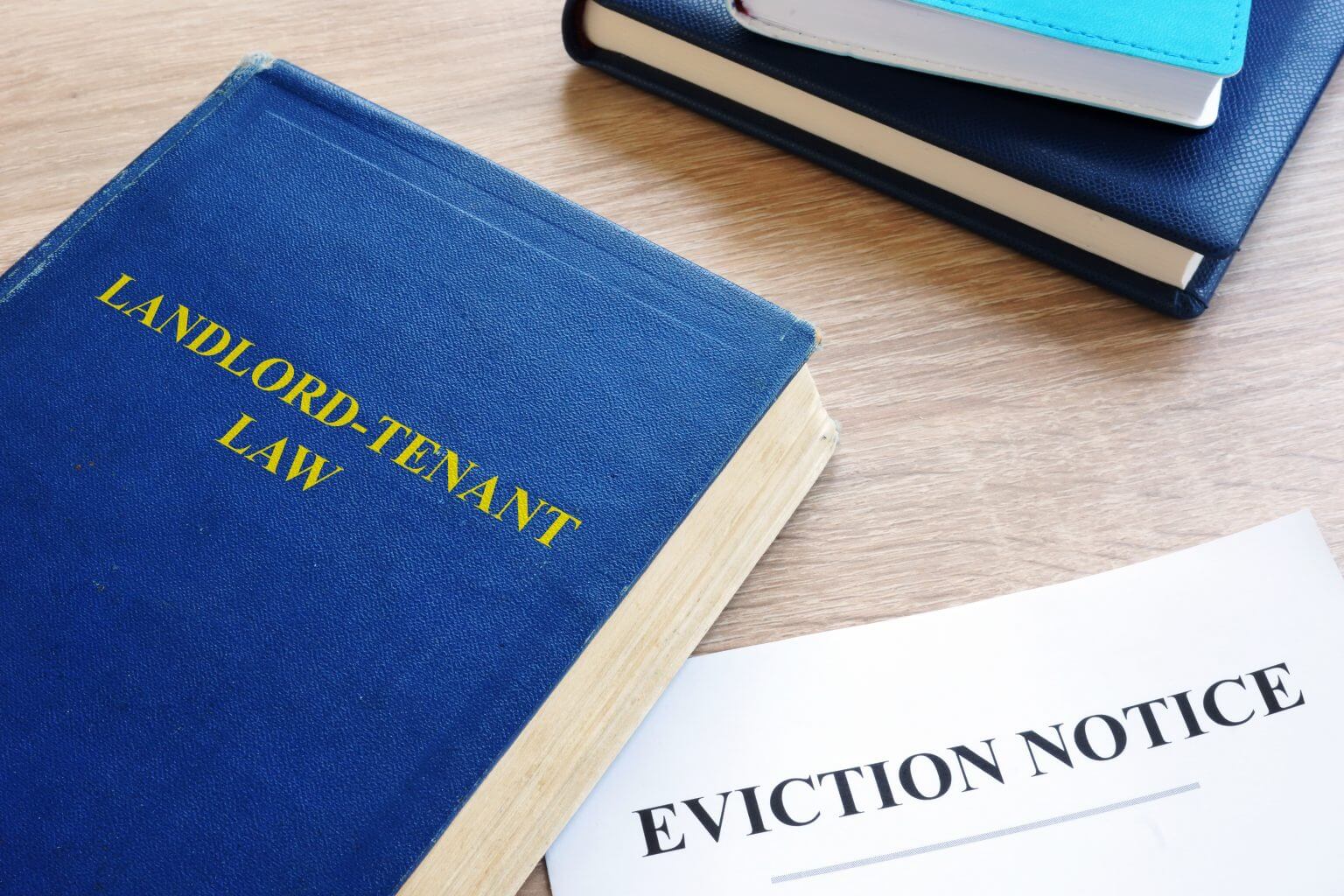Here’s How New Federal Eviction Protections Will Affect Maryland

The Centers for Disease Control and Prevention (CDC) issued new, more limited protections for tenants this week. That order will affect 14 of Maryland’s 24 jurisdictions based on current COVID-19 transmission levels, according to CDC data.
Those protections mirror prior orders in providing tenants with an affirmative defense to use a substantial pandemic-related loss of income to temporarily avert an eviction, but apply more narrowly based on county-level COVID numbers. The order applies to areas with “substantial and high levels of community transmission levels of SARS-CoV-2,” according to the CDC, and will expire on Oct. 3.
According to the new eviction protection order, counties with “substantial” levels of COVID-19 transmission are defined as experiencing between 50.99 and 99.99 new cases per 100,000 residents a week and having a weekly positivity rate of between 8% and 9.99%. Counties with higher transmission rates than that are defined as having “high” levels of COVID-19 transmission.
Jurisdictions with substantial or high levels of transmission in Maryland on Wednesday included Baltimore City and Anne Arundel, Calvert, Caroline, Cecil, Charles, Dorchester, Frederick, Harford, Prince George’s, St. Mary’s, Washington, Wicomico and Worcester counties, according to CDC data. That transmission data includes the dates of July 27 to Aug. 2 for case rate and July 25 to Jul 31 for percent positivity, according to the CDC website.
Counties with moderate COVID-19 transmission dates as of the most recent CDC data are Allegany, Baltimore, Carroll, Garrett, Howard, Kent, Montgomery, Queen Anne’s, Somerset and Talbot.
Transmission figures are constantly changing and will be updated by the CDC. The order applies to most of the United States, according to the CDC, with more than 80% of counties in the country having substantial or high transmission rates as of Aug. 1.
The CDC protections for tenants will be “likely to face obstacles,” President Joe Biden (D) said Tuesday. The CDCs’ previous affirmative defense protections covered the entire country and expired on July 31, and the U.S. Supreme Court previously indicated that any extension must pass Congress, but no such measure was passed before lawmakers recessed.
Similar protections for Gov. Lawrence J. Hogan Jr. (R) are set to phase out on Aug. 15. When tenants have used Hogan’s or the CDC order in court to temporarily delay an eviction, Maryland courts have been reserving judgements in those cases until the expiration of emergency orders, and plan to begin processing warrants of restitution for those cases once emergency protections expire.
There are four types of eviction cases in Maryland: failure to pay rent, tenant holding over, breach of lease and wrongful detainer. Both state and federal protections cover failure-to-pay rent actions. Landlords who file any type of eviction case need to receive a judgment before filing a “petition for warrant of restitution.” If a warrant of restitution is granted, the eviction moves forward.
Maryland District Court Chief Judge John P. Morrissey said in a Wednesday communication that “cases where a reserved judgment was entered as a judgment for possession between August 1, 2021 and August 3, 2021, are stayed for as long as those counties are subject to the new CDC agency order” and that tenants in affected counties can qualify under for protection under the federal order until it expires Oct. 3.
Reserved judgements for cases involving the governor’s order will move forward after Hogan’s protections phase out on Aug. 15.
“A tenant has the right to prevent the eviction by paying the amount that the court determined to be due in the judgment for possession,” Morrissey wrote. “If a tenant has made payments since the court made its determination but the landlord does not agree, the tenant should file a motion with the court and the court will determine the proper amount. However, if the court has ordered possession without the right of redemption, a tenant may not remain on the premises, unless the tenant and the landlord agree in writing that the tenant may stay.”
Fair housing advocates have cautioned against describing the state and federal protections as “moratoriums,” since they don’t put a wholesale stop to evictions, but rather allow some tenants to temporarily avoid an eviction by using a pandemic-related loss of income as a defense to delay an eviction. A coalition of advocates and several local leaders previously asked Hogan to institute a full 90-120 day moratorium on evictions, but no such order has been implemented.
Del. Jheanelle K. Wilkins (D-Montgomery) said she was “disappointed” that the new CDC protections are more narrow than previous ones, particularly since her constituents aren’t currently protected by the order.
“I don’t understand why residents at risk in my county are not deserving of protections and the roof over their heads just because the numbers aren’t high enough and we’ve been able to get our vaccination rates pretty high,” Wilkins said. “I think the idea of basing eviction protections on the rates excludes really vulnerable communities. We need an approach that has more equity to it and applies more broadly.”
She said that just because county-wide transmission rates are considered moderate doesn’t mean there are pockets of high transmission in particularly vulnerable areas within Montgomery County.
Wilkins sponsored a bill during the 2021 legislative session that would’ve codified and expanded current state protections for tenants, including allowing protections to stay in place for a time after the expiration of this and future catastrophic health emergencies. That legislation failed to pass before lawmakers adjourned on Sine Die.
“We could have acted to put policy in place to ensure that policy protections and law would be there at this critical moment for residents,” Wilkins said, “We wouldn’t have to depend on Congress and the president and the governor. We had the opportunity during session to … put this in place, and it stalled in the Senate and that’s very disappointing.”
Wilkins pledged to introduce a similar bill to provide tenants with emergency protections in the next legislative session.
Aaron Greenfield of the Maryland Multi-Housing Association said housing providers “will be required to monitor daily community transmission rates and adjust their practices accordingly” as part of the new order. Advocates for both tenants and landlords have called on local and state officials to quickly distribute rent relief funding, and although local rent relief programs have picked up the pace in recent months, the process has been slow.
Some 129,000 households in Maryland are currently behind on rent, according to the National Equity Atlas. Roughly 78% of those households include people of color, according to the National Equity Atlas data, and 62% make less than $50,000 a year.
Read more about rent relief and eviction protections in Maryland here. For more information on local and state rent relief programs, click here.




 Creative Commons Attribution
Creative Commons Attribution